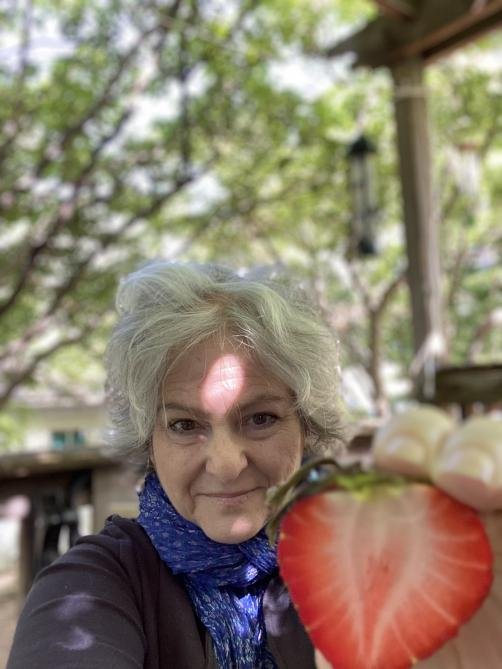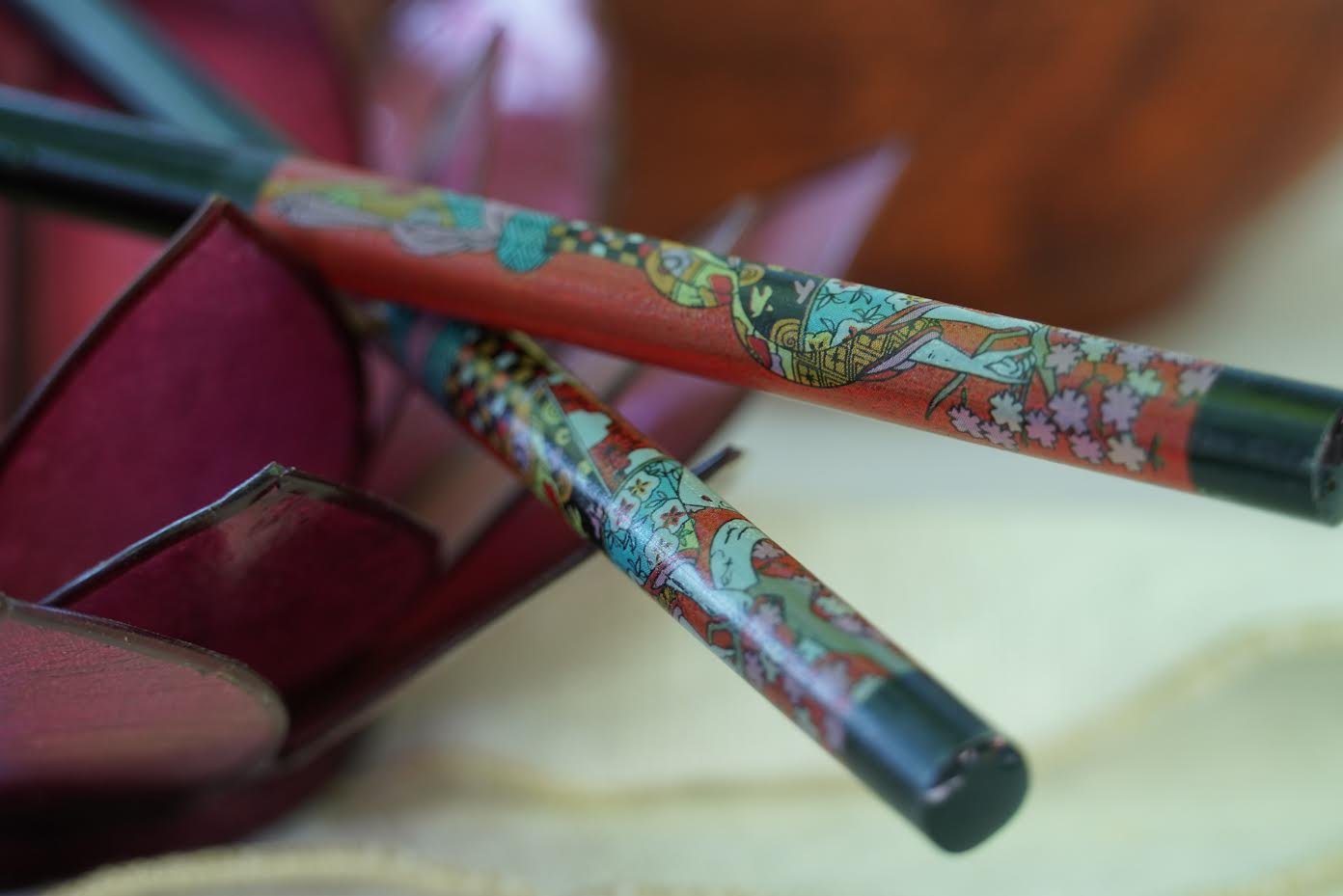The Third
Spoke
A Clinician’s Guide to Dietary Therapy
By Pamela Milask L.OM, L.Ac., B.A.
About the author
The Third Spoke: A Clinician’s Guide to Dietary Therapy is the culmination of Pam’s nearly 40-year journey exploring food and nourishment, beginning with the study and practice of macrobiotics. Her time with that community and immersion into the power of food filled her with a great appreciation and set her path for life. As her food study evolved, Pam pursued a more expanded whole foods approach and, in 1994, began a serious and lifelong study of Chinese Dietary Theory and Shíliáo, food therapy, a system of understanding food and drink that has its roots in and evolved out of the identification of the actions and qualities of Chinese herbs and the development of Chinese herbal medicine as it is today. Major influences regarding food include the Kushis, Steve Gagne, Paul Pitchford, Dr. Marlene Merritt, Henry C. Lu, Daverik Leggitt, Dr. Mark Hyman, and Michael Pollan.
In 1991, Pam began a two-year course of study in Chinese Pharmacology with Ted Kaptchuk (The Web That Has No Weaver). This led to her completing the acupuncture program at Eastern School of Acupuncture & Traditional Medicine. She then opened an acupuncture practice and immediately integrated food therapy to empower, sustain, and accelerate patient healing. Major Chinese medicine influences throughout her in-depth study include Lonny Jarrett, Kiiko Matsumoto, Jeffrey Yuen, Ted Kaptchuk, Arya Nielsen, Heiner Fruehauf, Henry McCann, and Lillian Pearl Bridges. Pam has studied with Lonny Jarrett since 1994 and completed his two-year Clinical Integration course from 2004 - 2006.
Pam is licensed in Pennsylvania and is nationally certified to practice acupuncture and herbal medicine and has been teaching Nutrition & Food Energetics in the master’s degree acupuncture program as an adjunct instructor since 2009 at the Won Institute of Graduate Studies in Warminster, Pennsylvania. Pam has earned bachelor’s degree as a double major in Psychology and English Literature at the College of New Jersey in Ewing Township, New Jersey. Pam continues an ongoing study in nutrition and Chinese medicine.
Explore the dietary dimension
of Traditional Chinese Medicine
-

Robust Reference
An essential practitioner’s reference detailing the dietary dimension of Chinese Medicine to compliment and enhance the patient treatment protocol.
-

79 Simple Recipes
79 simple and purposefully crafted recipes accompanied by narratives addressing specific Chinese Medical patterns to inform and correct imbalances.
-

Food Qualities
Descriptions of food qualities and energetics, the Six Flavors, and how this information can be used address specific imbalances according to Chinese Medical diagnoses.






